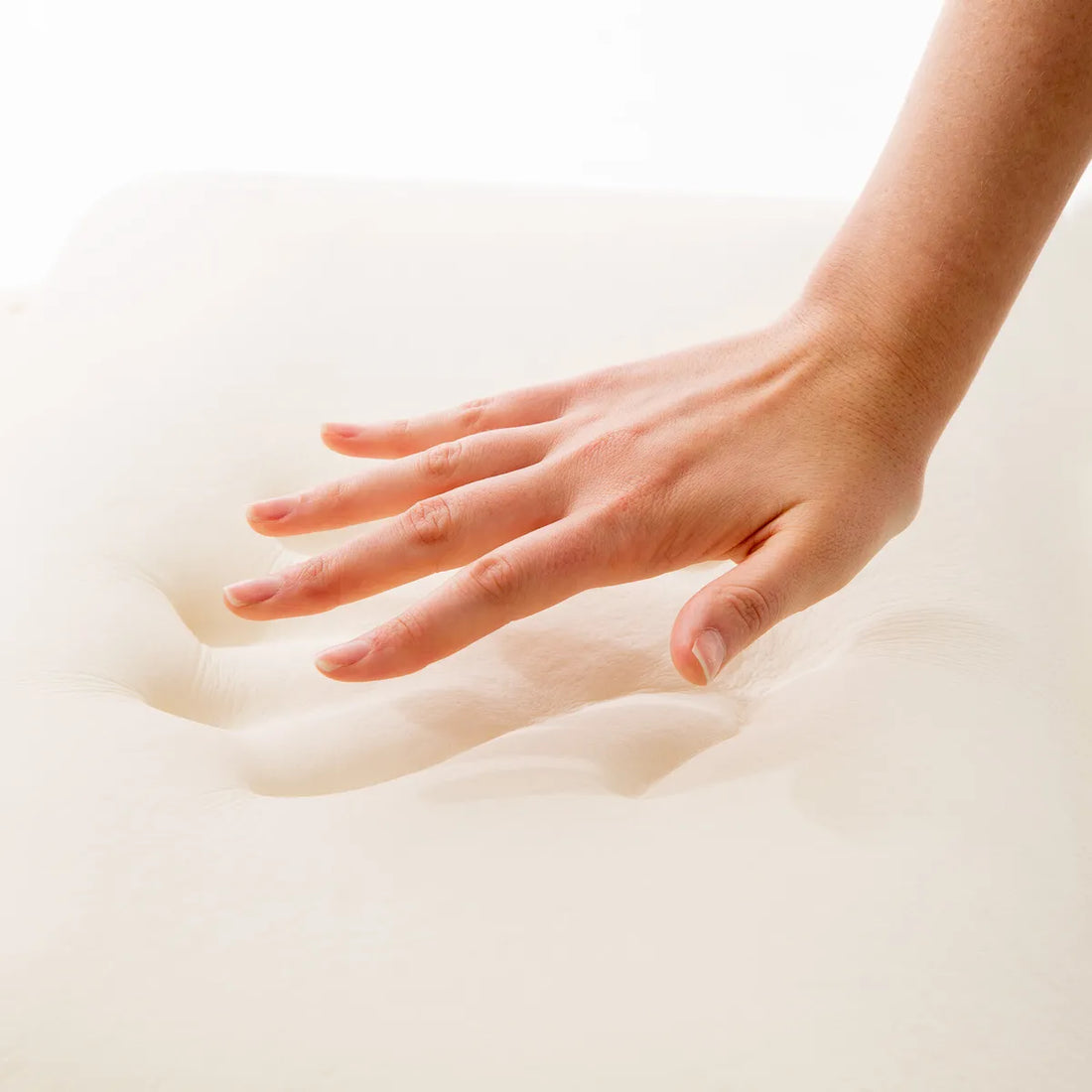This blog uncovers a dual narrative regarding the use of memory foam and polyurethane. While these materials offer luxury and comfort, they conceal a potential threat to our health and the environment. Toxic components in polyurethane can have dramatic consequences on our respiratory pathways, and recommendations from institutions for risk reduction demand urgent attention and caution among users. In short, this "comfort with a dark side" implores us to see the dramatic picture of potential risks lurking behind apparent perfection.
Memory foam is a type of polyurethane that is obtained by the reaction of polyhydroxyl polyols and diisocyanates. Polyurethane is used in various industries, including construction, automotive, furniture, textile and other sectors. This material has many advantages, such as insulation, resistance, elasticity and comfort. Memory foam is especially popular in the production of mattresses, pillows, couches and other items that adapt to the shape and temperature of the body.
However, polyurethane can have negative effects on human health and the environment. Some ingredients that are used in the production of polyurethane can be toxic, flammable, carcinogenic or allergenic. For example, diisocyanates can cause irritation of the skin, eyes and respiratory tract, asthma, bronchitis and other respiratory problems. Polyols can contain phosgene, chloroform, methylene chloride and other harmful chemicals. Also, polyurethane can emit volatile organic compounds (VOCs) that pollute the air and affect the air quality in indoor spaces.
In this blog post, we will explore some of the institutions that have researched and proven that memory foam and polyurethane are toxic materials, and what measures they recommend to reduce exposure and protect health and environment from polyurethane.
The US Environmental Protection Agency (EPA)
The EPA published a report on the potential risks of exposure to diisocyanates, which are the main ingredients of polyurethane. The EPA proposed measures to reduce exposure to diisocyanates, including replacing less hazardous chemicals, using personal protective equipment and conducting medical examinations and training of workers and consumers.
The US National Institute for Occupational Safety and Health (NIOSH)
NIOSH issued guidelines for protecting workers from diisocyanates, which can cause occupational asthma and other respiratory problems. NIOSH recommends avoiding exposure to diisocyanates as much as possible, using appropriate ventilation systems, wearing respiratory protective equipment and conducting biological monitoring and health surveillance of workers.
The European Chemicals Agency (ECHA)
ECHA classified diisocyanates as substances that cause serious danger to human health and the environment. ECHA prescribed labeling diisocyanates as hazardous substances, taking measures to prevent exposure and reporting all cases of exposure and health consequences.
The World Health Organization (WHO)
WHO included diisocyanates on the list of chemical agents that can cause occupational asthma, which is a chronic inflammatory disease of the airways. WHO recommends reducing exposure to diisocyanates, early diagnosis and treatment of occupational asthma and promoting prevention and education on the risks of diisocyanates.
The German Federal Institute for Risk Assessment (BfR)
BfR recommended reducing exposure to volatile organic compounds (VOCs) from polyurethane products, which can have a negative impact on human health, especially on the central nervous system, liver, kidneys and reproductive organs. BfR warns that VOCs can cause headaches, dizziness, nausea, fatigue, irritation and allergic reactions. BfR also recommends good ventilation of the space before using polyurethane products, avoiding contact with the skin and mucous membranes and using alternative materials with lower VOC emissions.
Conclusion
Memory foam and polyurethane are materials that have many advantages, but also risks for health and environment. The ingredients used in their production can be toxic and cause serious health problems. Institutions such as EPA, NIOSH, ECHA, WHO and BfR recommend measures to reduce exposure and protect health and environment from polyurethane. Consumers and workers who use products from polyurethane should be aware of the risks and take necessary precautions.

